By Amy Flis
<[email protected]>
The small grey room had just a bench and a toilet. That was all sophomore Kevin Bryant had to look at while he was held for six hours behind the bars of a holding cell at the Marion County Juvenile Detention Center.
“(The probationary officers) treat you differently. You’re detained almost like an animal,” Bryant said. “They’re kind of disrespectful. The slightest thing makes them upset. They’re so hostile.”
Bryant said he has never been in the juvenile detention center for more than a few hours, but the experience left an impression.
“You definitely don’t want to go back,” Bryant said. “(Being there) makes you more aware and think reasonably about your actions.”
There are 22 secure juvenile detention centers in Indiana according to the National Center for Juvenile Justice Center Web site, and although a juvenile detention center serves as a place for punishment, it can provide more than that for people affected by the center depending on their attitude.
According to Amy Turean, probation officer for Carmel Clay Schools, Mosaics and Options, one of the main purposes of the center is the many programs it offers, including anger control, Thinking for a Change, the Parent Project and intensive outpatient drug and alcohol treatment (run by an outside counseling firm). Turean said she believes much good comes from the center because of these 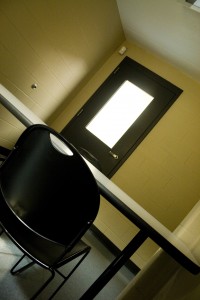 and other programs.
and other programs.
“The juvenile center and the employees of the juvenile center—we strive everyday to help the families, better our communities and ensure safety to everyone,” Turean said.
Sergeant Andrew Rush is the second shift supervisor and officer in charge of physical tactics (self-defense) training at the Hamilton County Juvenile Services Center. According to him, a juvenile’s experience there is “really what they make of it.”
He said the center provides a disciplined, structured program to keep the inmates on track, but he also pointed out that the reason they are at the center is for the safety of the community, not just for the juvenile’s self-improvement.
“(The detention center) protects the community from juveniles that are found by the (legal) course (of actions) to be a risk to the community or to themselves,” Rush said. “It provides structure that they don’t get at home. We teach (the inmates) skills—life skills. They get drug/alcohol counseling, and they hopefully receive skills that will help them when they get out.”
Many people, like Bryant, spend only a short time at the facility. Bryant said he has been to the Marion County Juvenile Detention Center twice and does not expect to be back. He was brought in once for a couple of hours for being out past curfew, and the one other time occurred when he was 14. Because his mother had just gotten out of surgery, Bryant had to drive to pick up his younger brother. Someone reported him for driving underage, and the police later picked him up from school and held him at the center after he hadn’t appeared in court for the offense.
In contrast, Royce Hooks, former student at this school, spent four months in Secure Detention at the Hamilton County Juvenile Services Center. He would have graduated with the Class of ’08 but was expelled after the police arrested him for marijuana possession and drinking at a football game in October of 2007.
“(My experience at the detention center) was bad because it was boring,” Hooks said. According to Hooks, his time there was a waste of four months; however, he also said, “It needed to happen to make me grow up and become a more mature person.”
Hooks said this experience made him rethink what he should be doing. “I still party. It didn’t stop me, but I was doing it too early,” Hooks said. Hooks said he should have waited until college.
Despite his sentiments, Hooks managed to take advantage of some of the programs the detention center offered. He got his GED while at the center and now attends Ivy Tech Community College in Bloomington, and he said he plans to transfer into IU next spring.
Now 19 years old, Hooks said those four months following his arrest at age 17 were his first and last time in a detention center.
Turean said not all inmates come out of the center with Hook’s mentality. She has seen many juveniles go through the center and said she has seen both sides.
“It’s really case by case,” Turean said. “I have seen the people who go into secure detention and after they’re released made up their minds to follow the laws and get back to their lives, but I’ve also seen the repeat offenders.”
According to Bryant’s mother Diane Bryant, her son is not one who will repeat his mistakes. “Did he learn from it? I’m sure he did,” Mrs. Bryant said. She said the lessons he learned were simply to be aware of following the laws.
“It probably made him realize to be more cautious about staying out past curfew,” she said.
Although Bryant never spent much time in the center, he said in certain cases a juvenile offender could benefit from being there but not always.
“It’s just everything around you that gives you that mentality,” Bryant said. He said that parents, school, the environment a child grows up in and many other factors influence behavior. It is difficult to identify and combat all of those factors.
“They lock kids up and just expect them to do right,” Bryant said. “But kids need guidance and motivation to succeed.” Additional reporting by Shireen Korkzan.









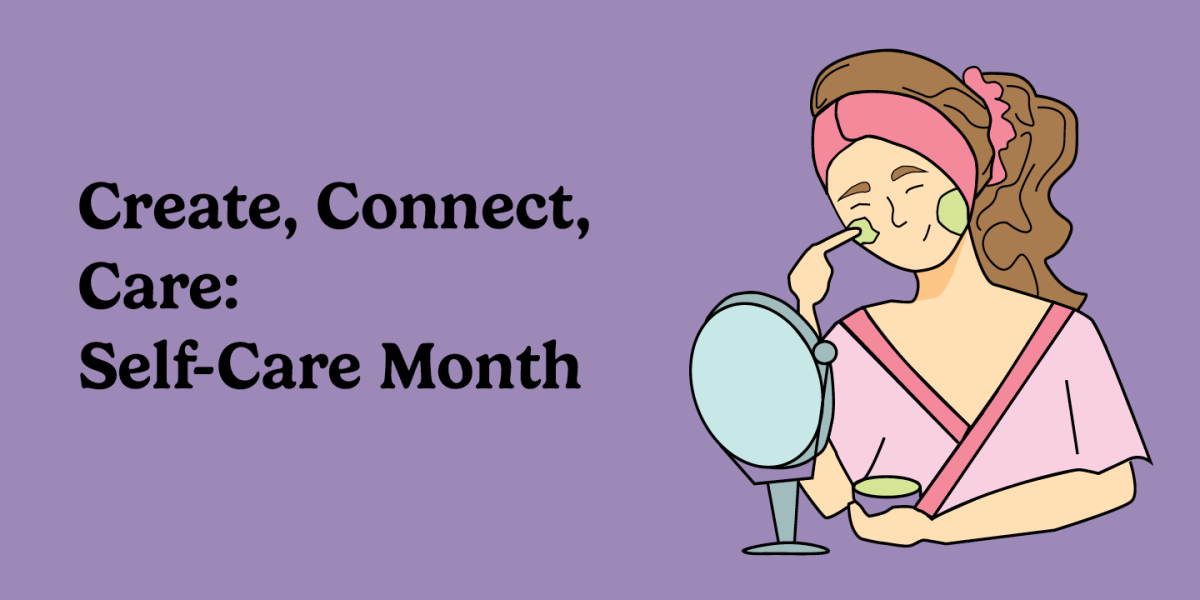








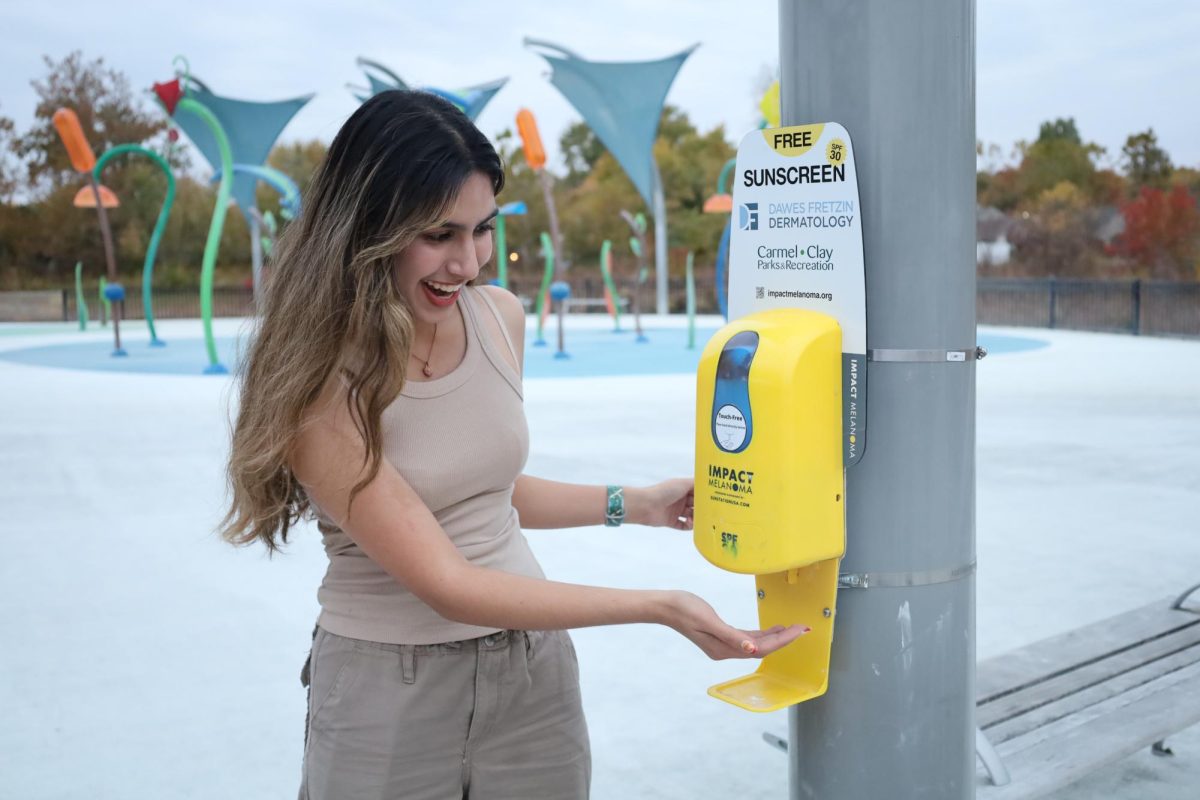


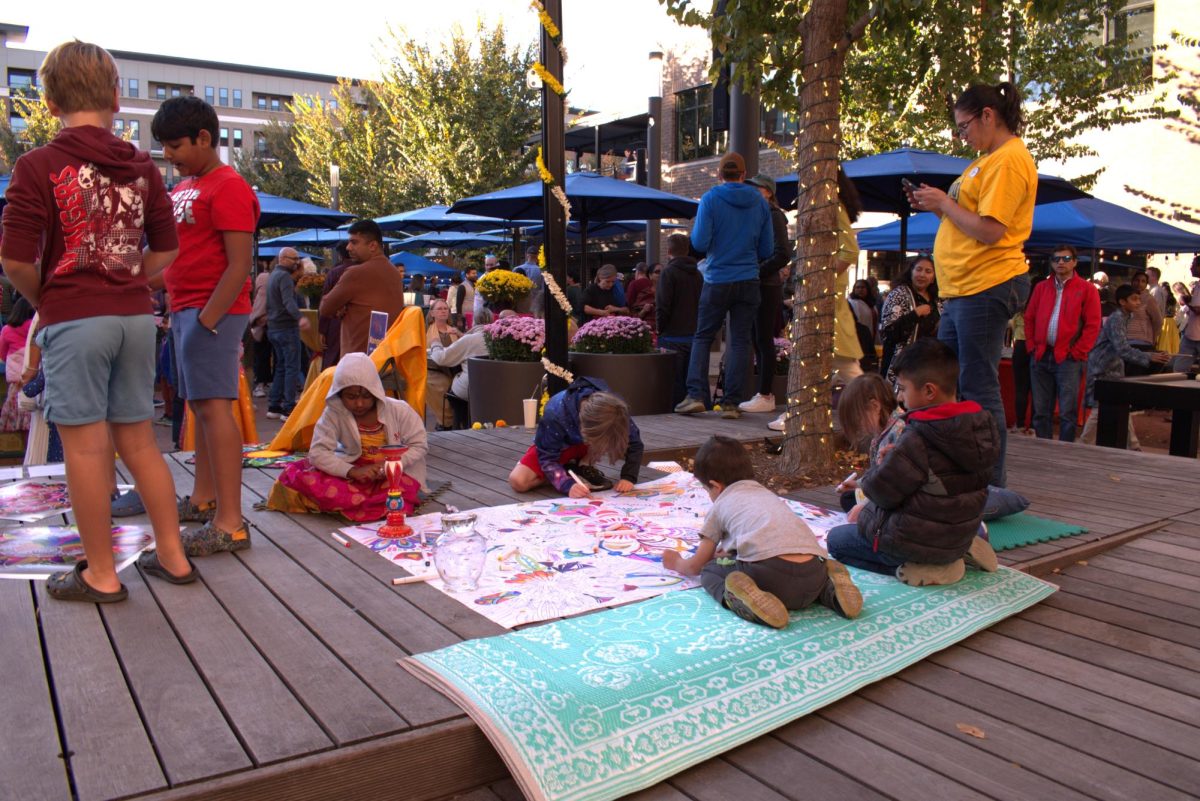
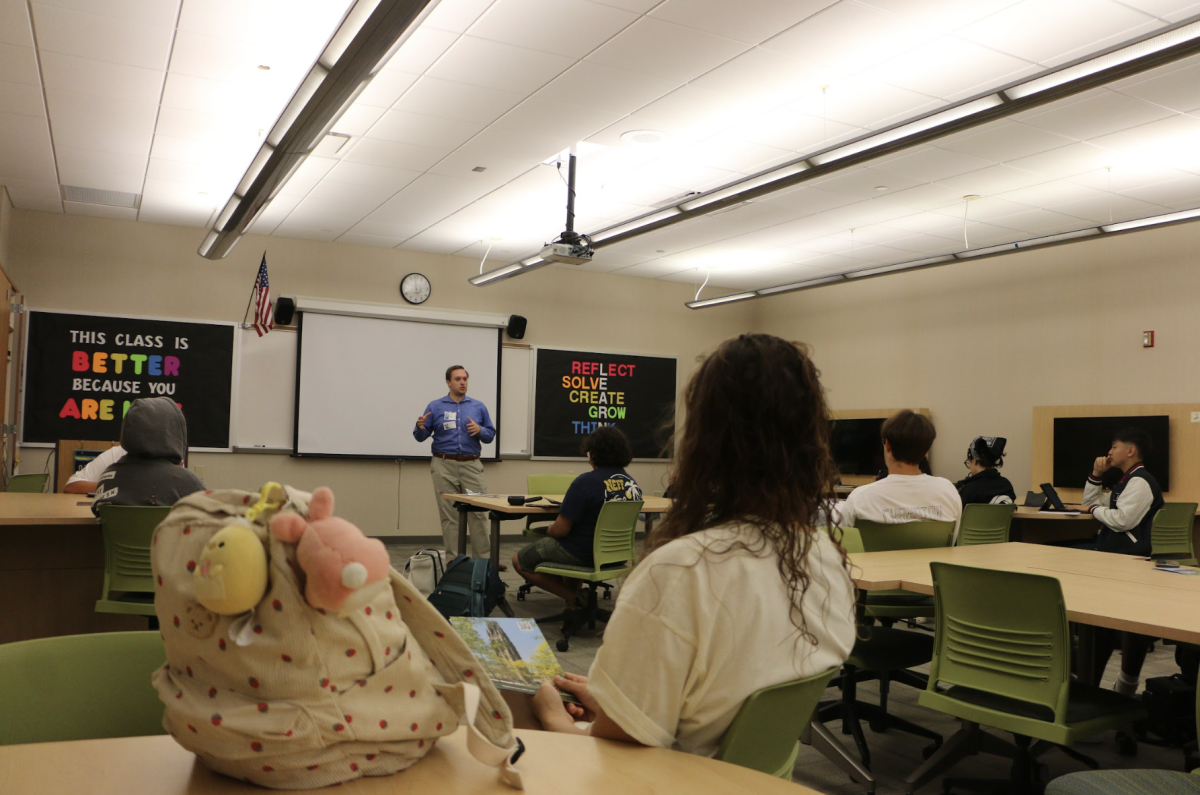
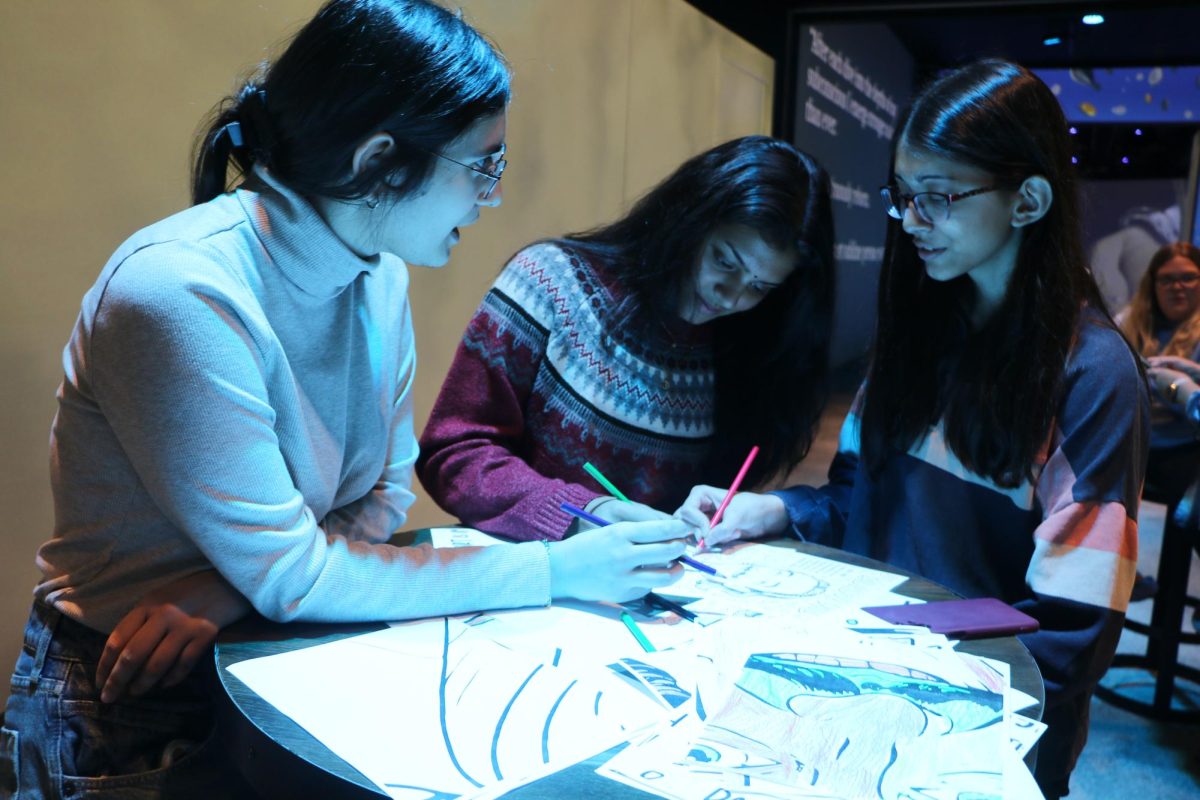

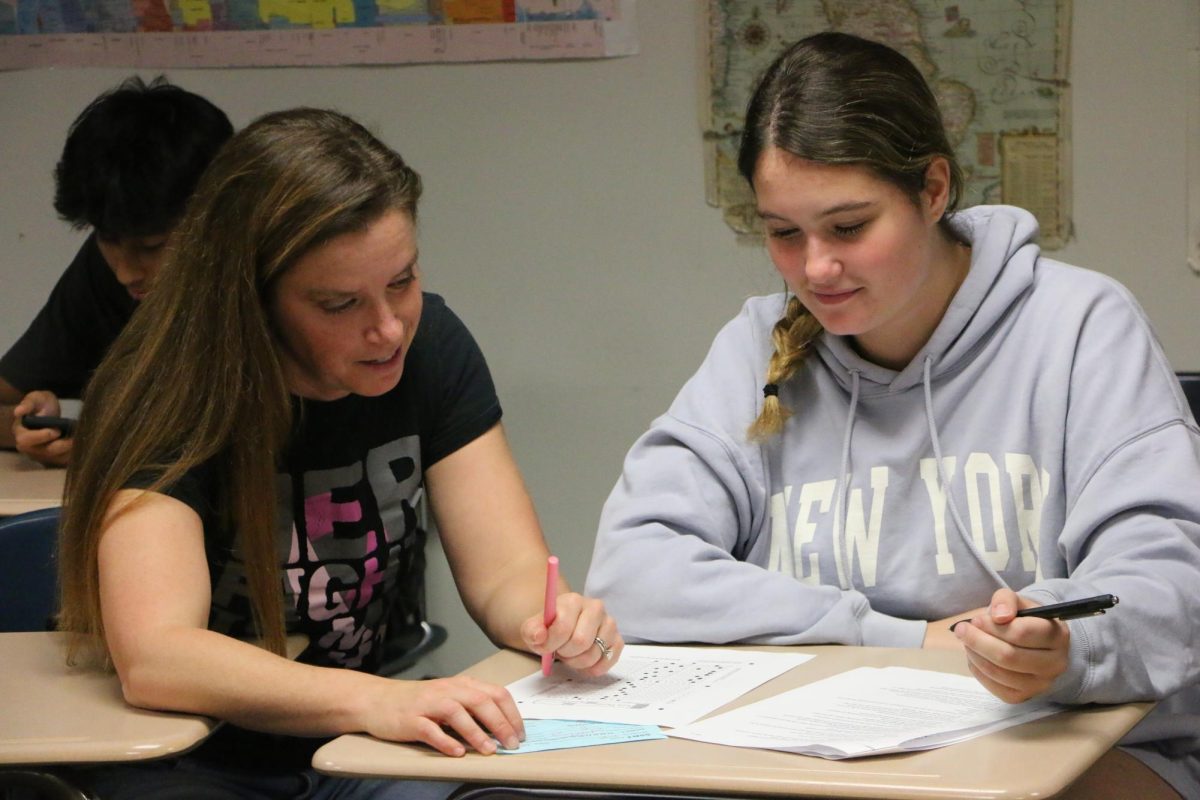



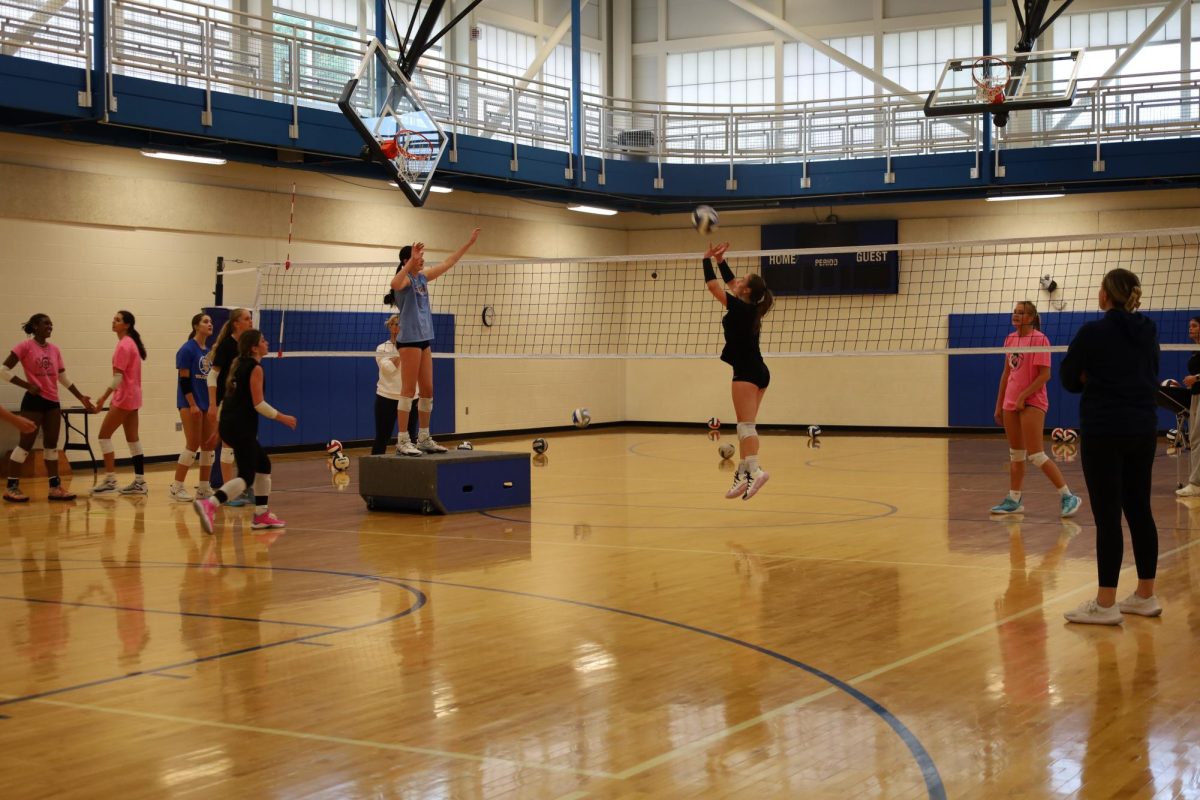

!["Wicked" poster controversy sparks a debate about the importance of accuracy versus artistic freedom [opinion]](https://hilite.org/wp-content/uploads/2024/11/riva-perspective-cover-1200x471.jpg)


![Chilling or Childish? The downfall of modern horror movies [opinion]](https://hilite.org/wp-content/uploads/2024/10/adjusted-horror-cover-1200x471.jpg)
![“Uglies” is a call for change in the YA dystopian genre [opinion]](https://hilite.org/wp-content/uploads/2024/10/Perspectives-Cover-1200x471.jpg)


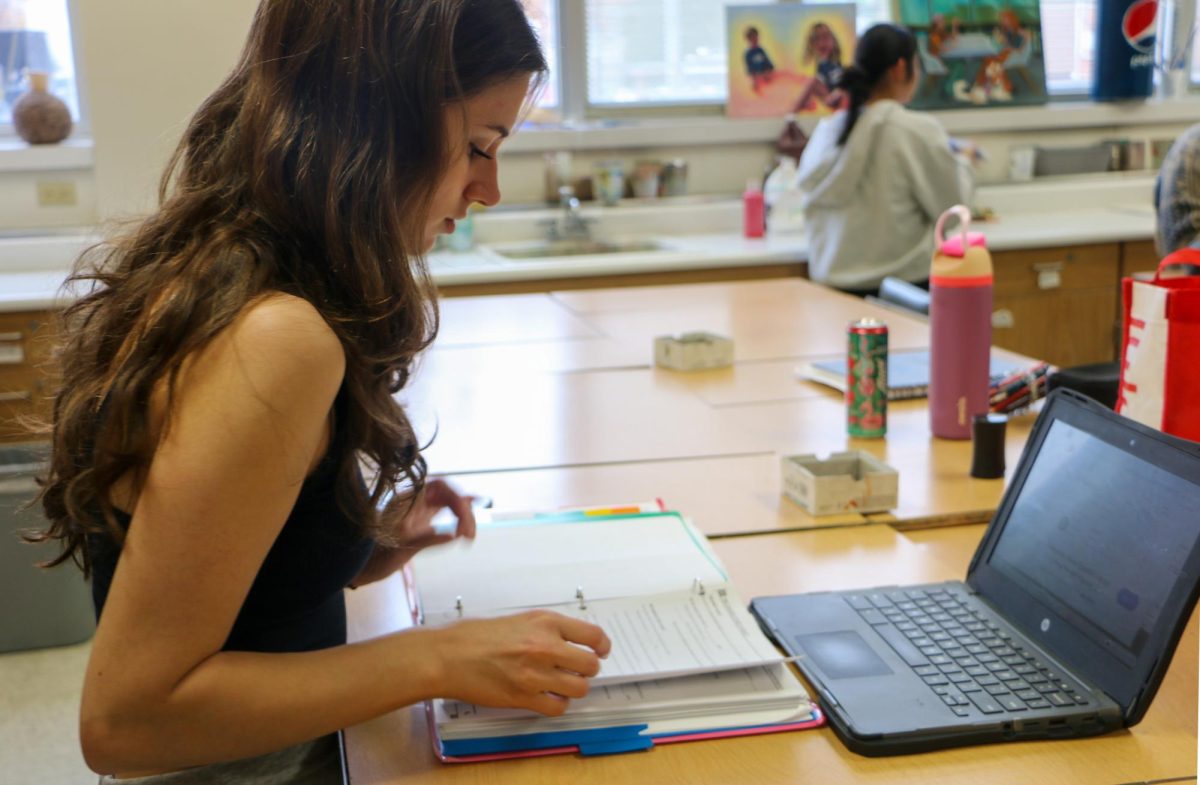

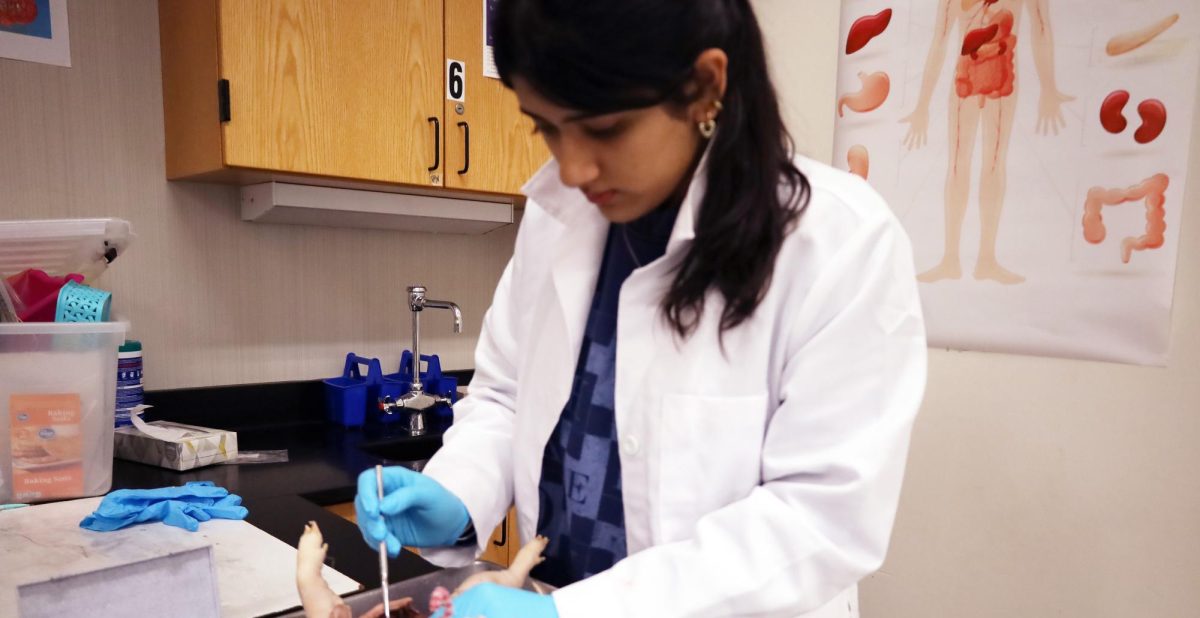






























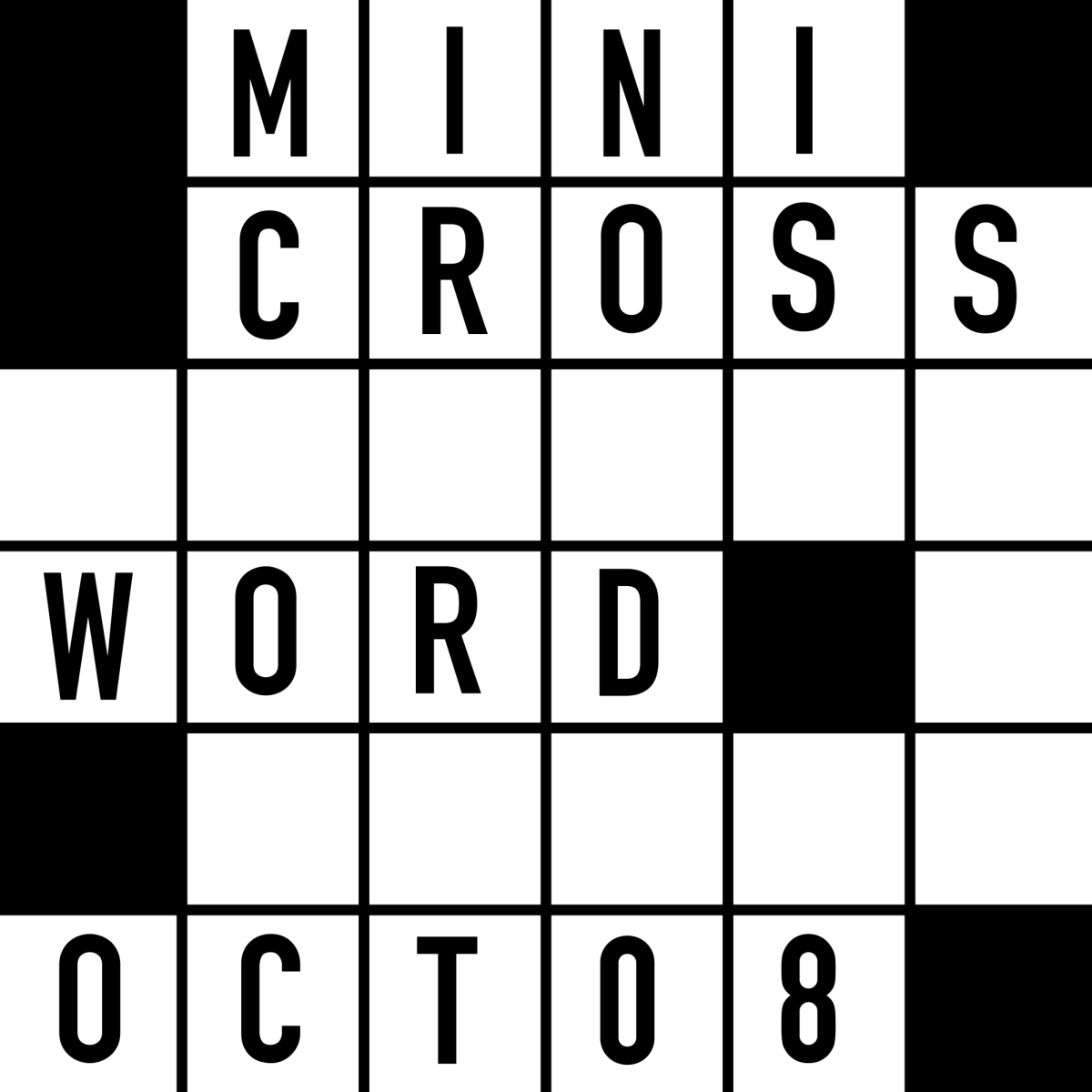


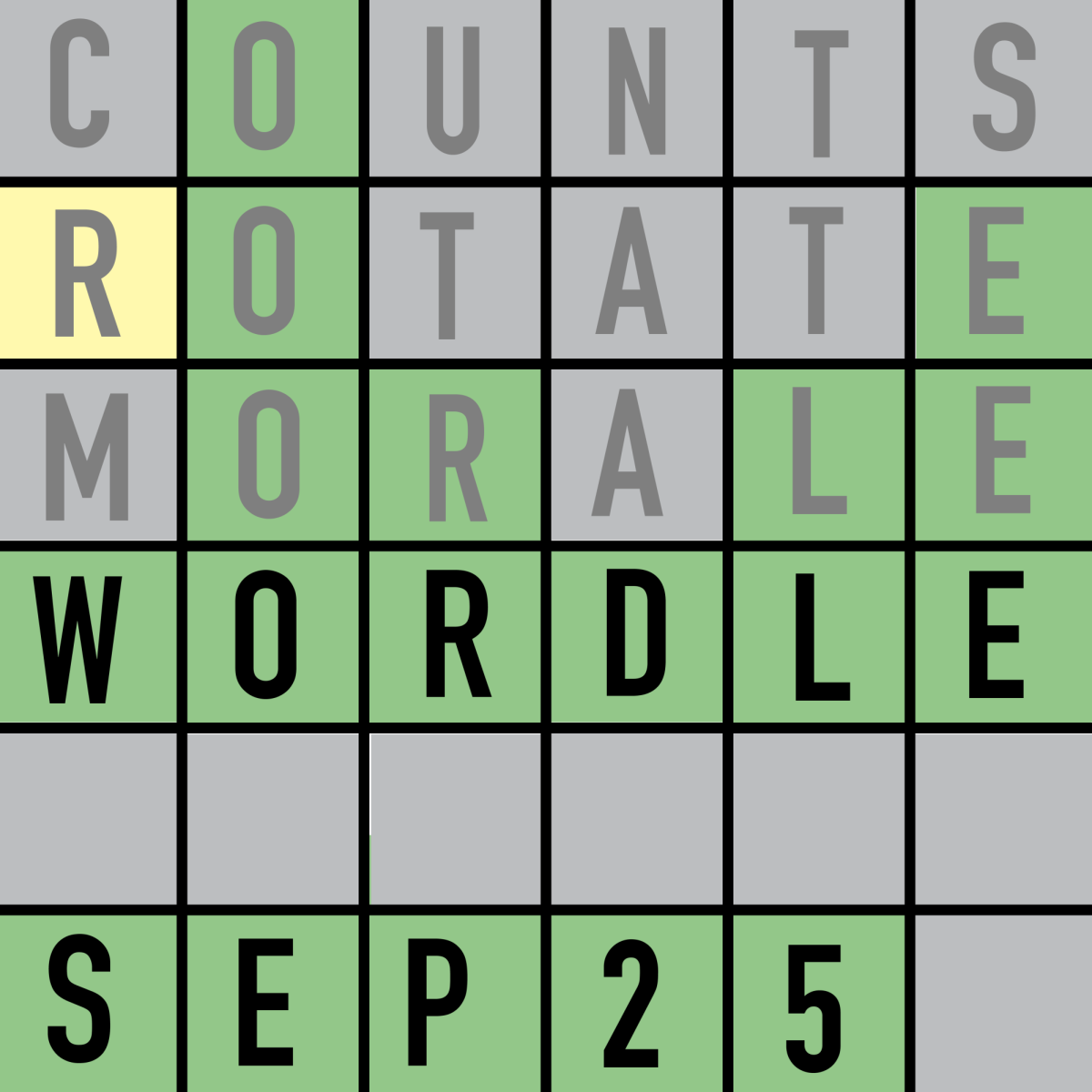





![Review: Indy Scream Park is a perfect level of spook to kickstart the Halloween season [MUSE]](https://hilite.org/wp-content/uploads/2024/11/IMG_1383.jpg)
![Review: “Saturday Night” is a chaotic and thrilling look at the origins of “Saturday Night Live” [MUSE]](https://hilite.org/wp-content/uploads/2024/10/snl-1200x800.jpg)
![Review: “Megalopolis” is a bold, bewildering mess [MUSE]](https://hilite.org/wp-content/uploads/2024/10/MV5BYTk3MjUzMGItYmU1NC00M2YyLThmNDMtNDI4NjkxNjgzMjQzXkEyXkFqcGdeQXRyYW5zY29kZS13b3JrZmxvdw@@._V1_-1200x675.jpg)
![Review in Print: Maripaz Villar brings a delightfully unique style to the world of WEBTOON [MUSE]](https://hilite.org/wp-content/uploads/2023/12/maripazcover-1200x960.jpg)
![Review: “The Sword of Kaigen” is a masterpiece [MUSE]](https://hilite.org/wp-content/uploads/2023/11/Screenshot-2023-11-26-201051.png)
![Review: Gateron Oil Kings, great linear switches, okay price [MUSE]](https://hilite.org/wp-content/uploads/2023/11/Screenshot-2023-11-26-200553.png)
![Review: “A Haunting in Venice” is a significant improvement from other Agatha Christie adaptations [MUSE]](https://hilite.org/wp-content/uploads/2023/11/e7ee2938a6d422669771bce6d8088521.jpg)
![Review: A Thanksgiving story from elementary school, still just as interesting [MUSE]](https://hilite.org/wp-content/uploads/2023/11/Screenshot-2023-11-26-195514-987x1200.png)
![Review: "When I Fly Towards You", cute, uplifting youth drama [MUSE]](https://hilite.org/wp-content/uploads/2023/09/When-I-Fly-Towards-You-Chinese-drama.png)
![Postcards from Muse: Hawaii Travel Diary [MUSE]](https://hilite.org/wp-content/uploads/2023/09/My-project-1-1200x1200.jpg)
![Review: "Ladybug & Cat Noir: The Movie," departure from original show [MUSE]](https://hilite.org/wp-content/uploads/2023/09/Ladybug__Cat_Noir_-_The_Movie_poster.jpg)
![Review in Print: "Hidden Love" is the cute, uplifting drama everyone needs [MUSE]](https://hilite.org/wp-content/uploads/2023/09/hiddenlovecover-e1693597208225-1030x1200.png)
![Review in Print: "Heartstopper" is the heartwarming queer romance we all need [MUSE]](https://hilite.org/wp-content/uploads/2023/08/museheartstoppercover-1200x654.png)




